Digital divide is basically the unequal distribution of technology because of demographic groups, socio-economic backgrounds and your geographic location. This causes differences for people in lesser developed areas. The unequal distribution causes a divide in access to education, communication, and economic opportunities.
Some contributing factors to the digital divide include: affordability, education, and infrastructure. Affordability is a factor because technology is expensive and not everyone can afford it. Education is a factor because many people lack the skills needed to use technology and therefore are less likely to use it. Lastly infrastructure is a factor because poor areas cause poor connectivity leading to a harder time to access the internet and use technology.
I think a main way to reduce the digital divide is to have affordable technology for everyone. The government and private companies can help underserved communities to access these devices. Another way is to provide digital literacy programs for people to learn how to use technology.
Computer bias refers to how things can be unfair against people because of data collection and artificial intelligence systems. Anyone can choose what data to include in computer analysis and therefore it can lead to unfairness for others.
There are a few ways this bias happens. Data bias is used to train artificial intelligence systems. One example of computer bias discrimination is studies have shown that face id scanning has a higher chance of error for people with darker skin because of lack of diversity within the system. Another example is the way the algorithm is designed. If it is already biased based on past behavior then there is nothing stopping this from continuing.
The consequence of computer bias is reinforcing existing inequalities and discriminating. A simple way to stop the bias when it comes to discrimination is to just have every gender and race represented equally and to have the data be equal also.
Crowdsourcing is the process allowing organizations to get contributions from a large group of people to reach a goal. Crowdsourcing uses the crowd to provide resources and new ideas. This allows the company or individual to spread out their connections and have another means of collaboration.
There are two big forms of crowdsourcing. The first being creative crowdsourcing which is used to make ideas and designs or creative content from the crowd in a form of a competition. The other is crowdfunding which allows the organization or individual to raise funds from a large number of people.
Crowdsourcing has become popular due to the widespread availability of the internet and growth of technology. The benefits include: increased innovation, lower costs, and the ability to collaborate worldwide. The con of crowdsourcing is the potential of exploiting workers.
Computing creates legal and ethical issues because of how much we rely on technology in our daily life. All of the problems that occur won’t go away as it is just part of computing but you are able to minimize the issues. Those who break the law often don’t get caught for a while but there are serious legal issues for them if they do.
Some examples are: discrimination, freedom of expression, and cybercrime. Discrimination is an ethical issue that appears because computing systems often discriminate because of the way the algorithm is. Freedom of expression has been easier because of the spread of technology but many people can get into legal issues or just problems in general for what they say online if they aren’t careful. Cybercrime is a big deal because it includes: hacking, online fraud and identity theft.
Computing and technology raise a lot of legal and ethical issues but that just comes with the use of computing systems. These issues need to be addressed and reduced if we want to make sure technology is used in a safe and respectful manner. When we use technology it is important we consider all the consequences and the dangers when we decide to go online.
Safe computing is just protecting yourself from the dangers mentioned above when using technology. Safe computing practices can help to lessen the risks and dangers of computing.
You always want to have a strong password. Two factor authentication is also highly recommended as these two things can keep hackers and identity thefts out of your personal accounts. You also want to backup your data in case it gets lost or stolen. Another thing to protect yourself is anti-virus software and firewalls to protect yourself from unknown people.
By following the safe computing practices you can minimize the risk of legal issues, security problems, and just unauthorized access into your personal business. It is highly recommended to follow as many as you can and to regularly review safe computing practices as hackers and threats are always adapting.
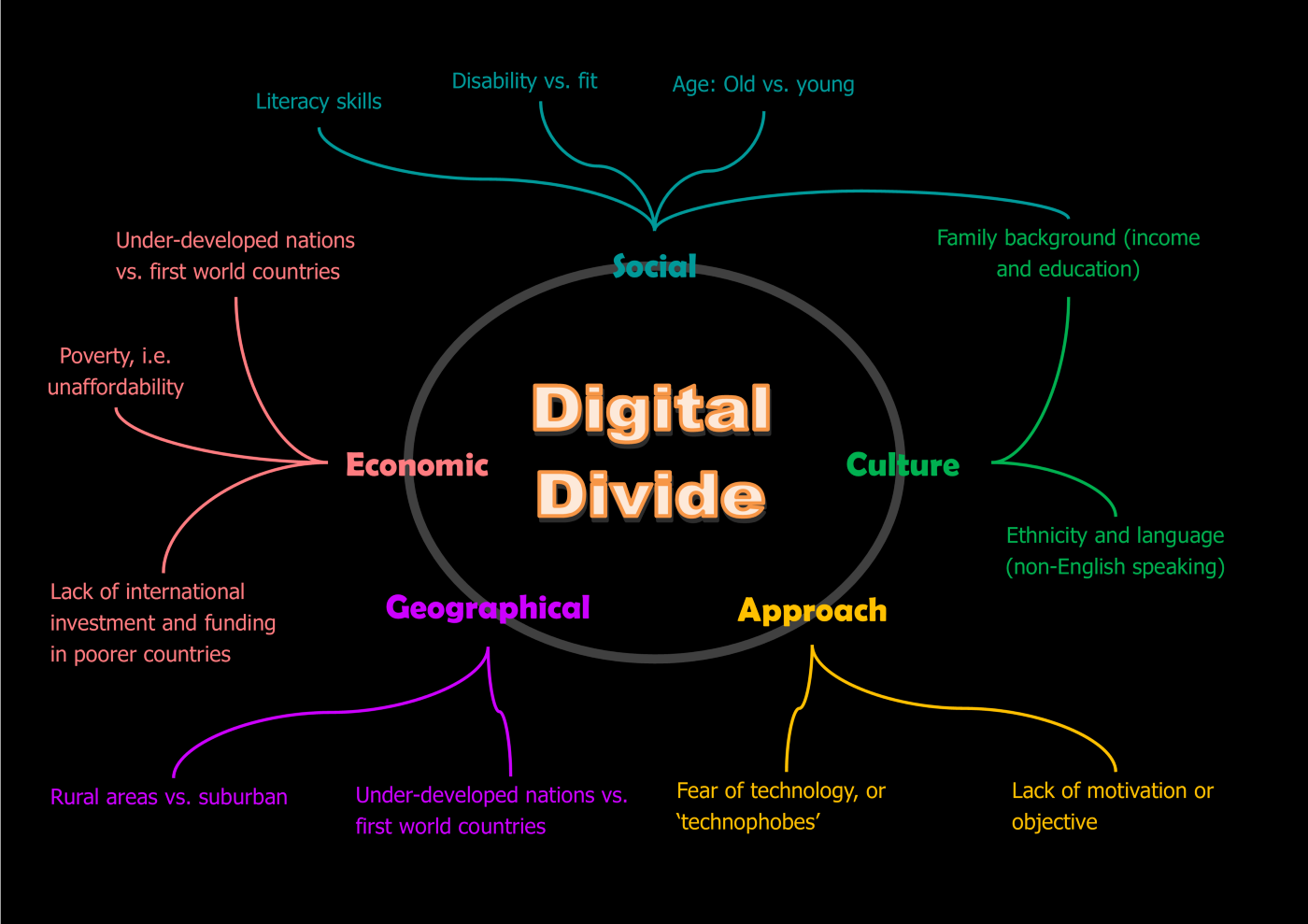

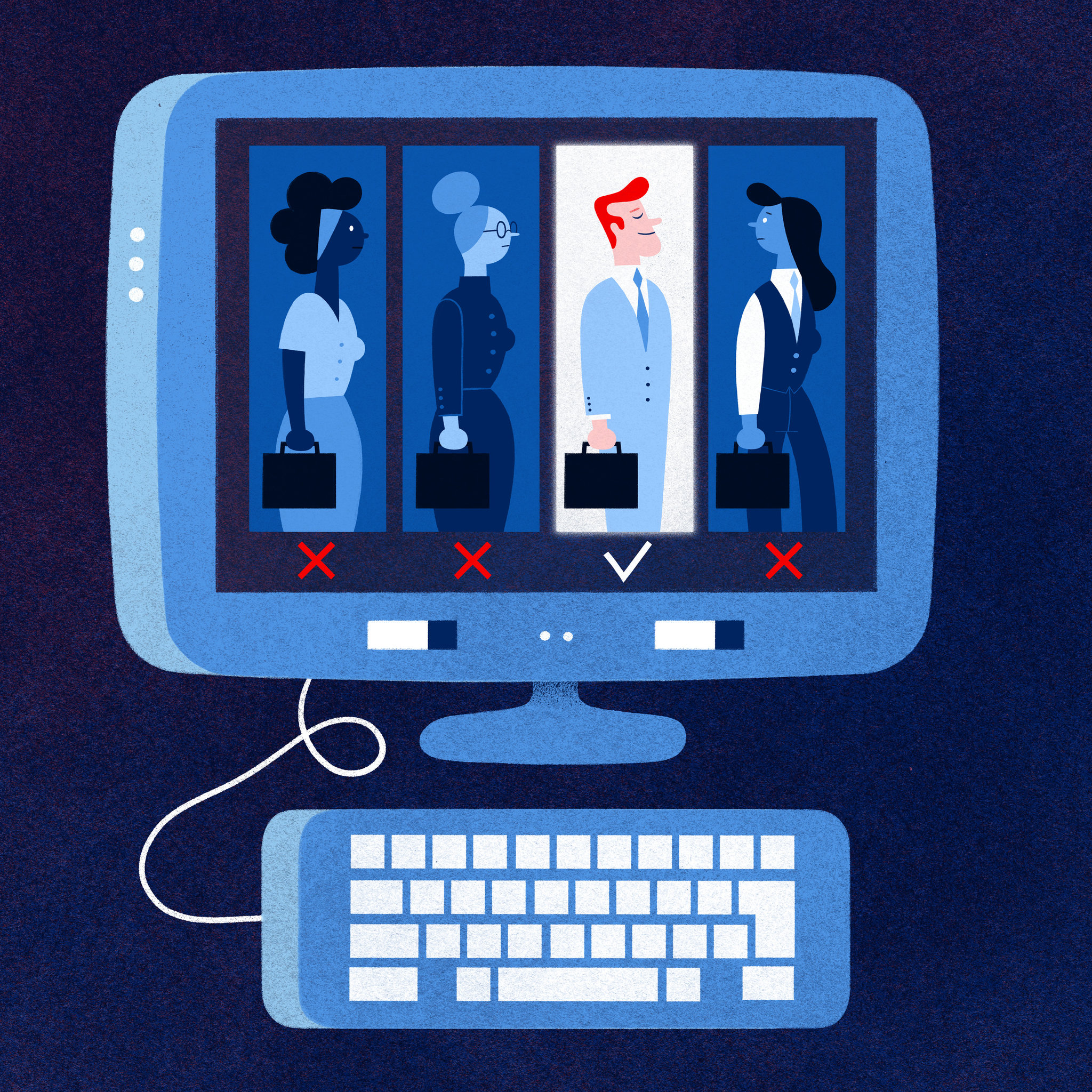

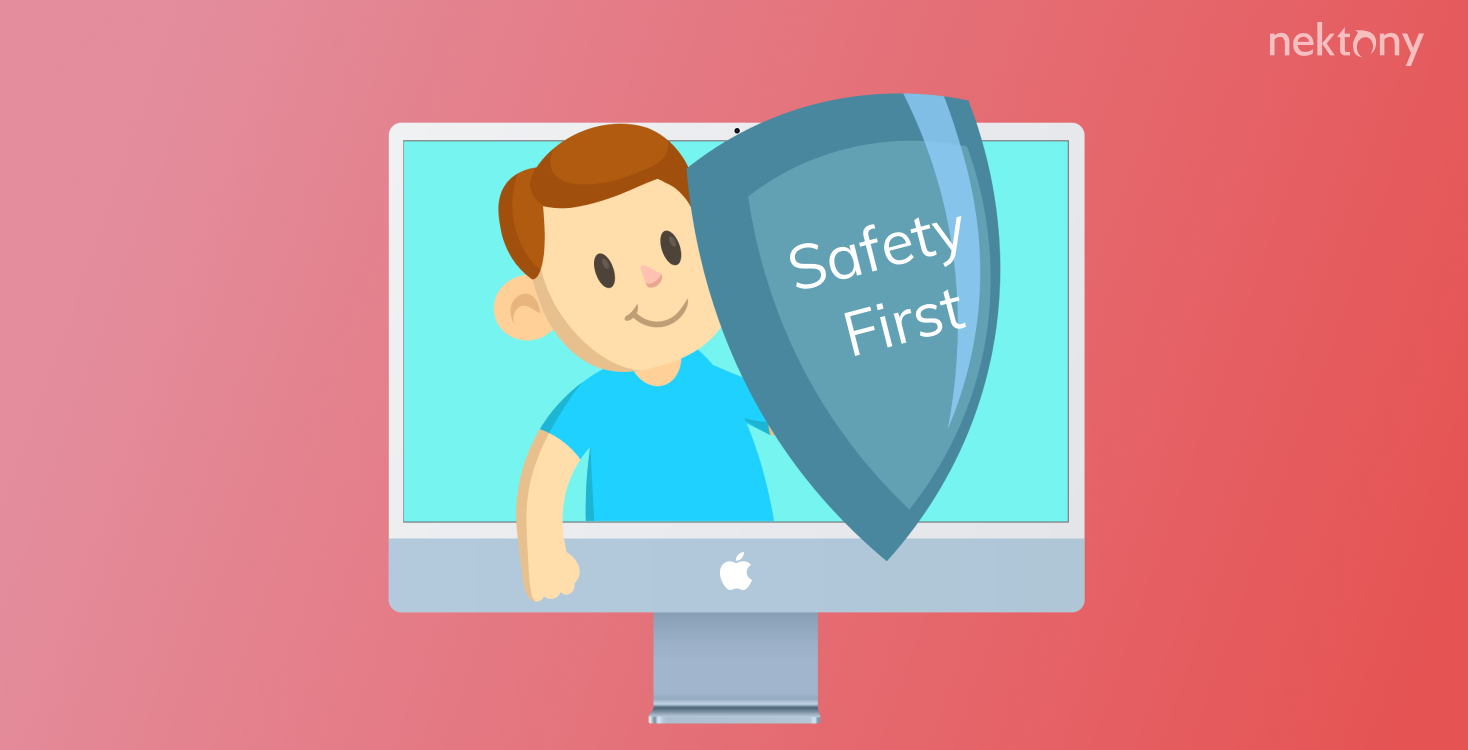
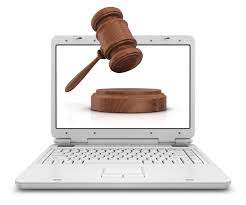
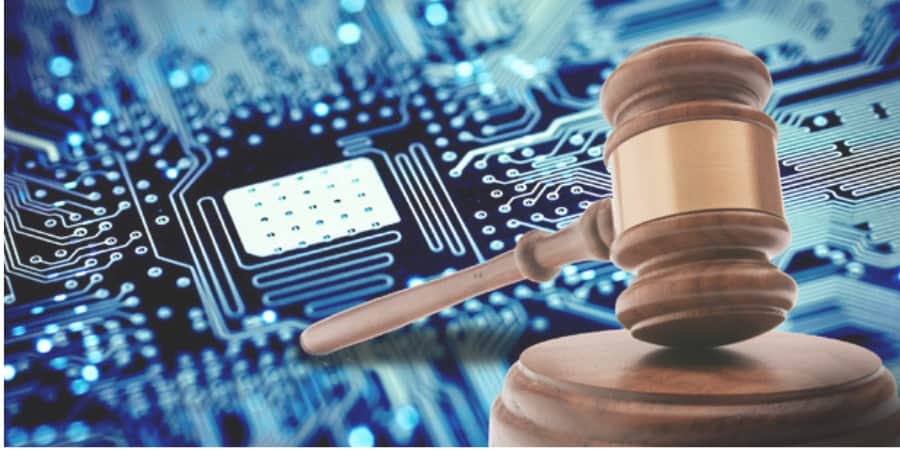
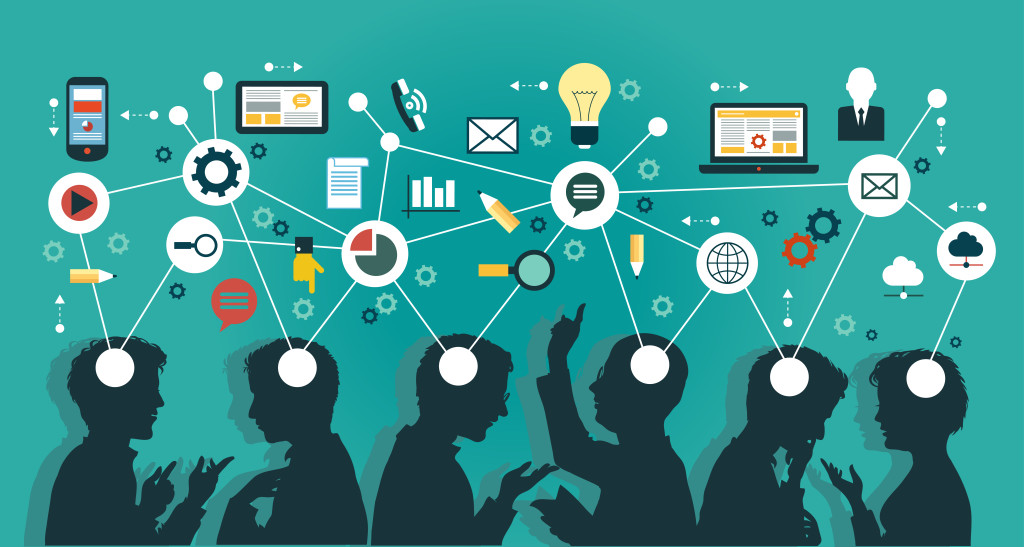
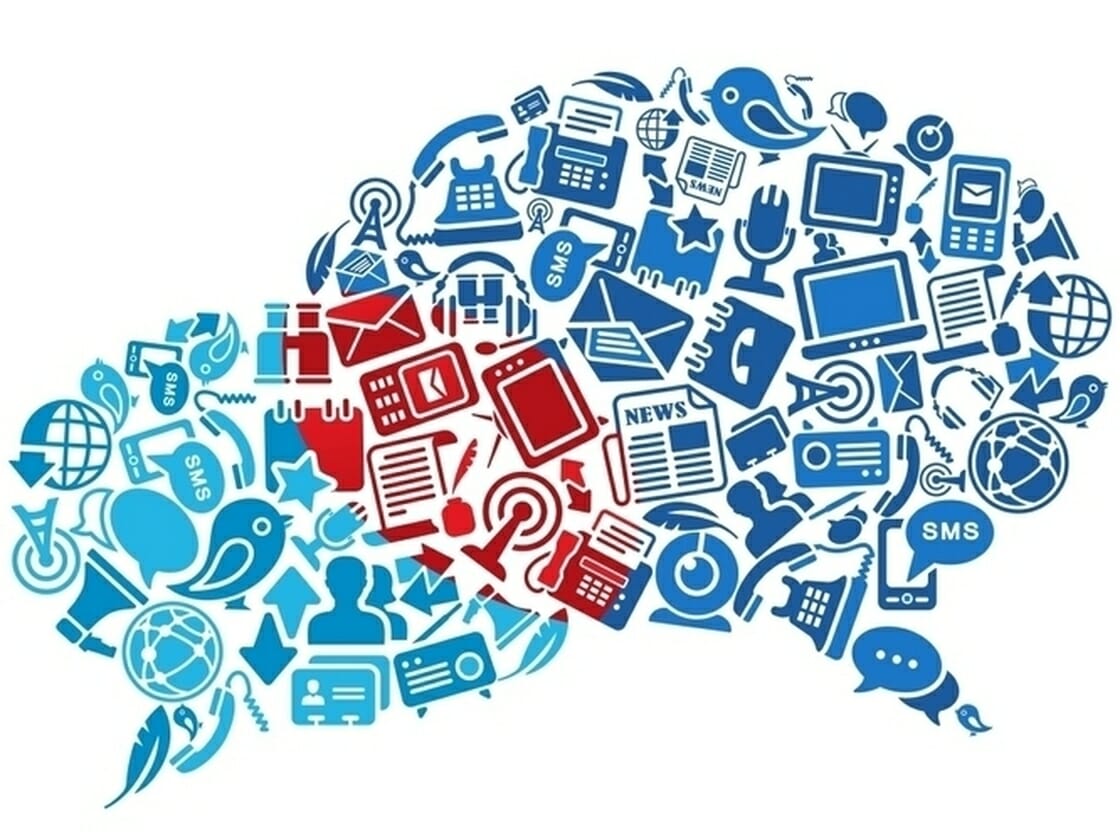
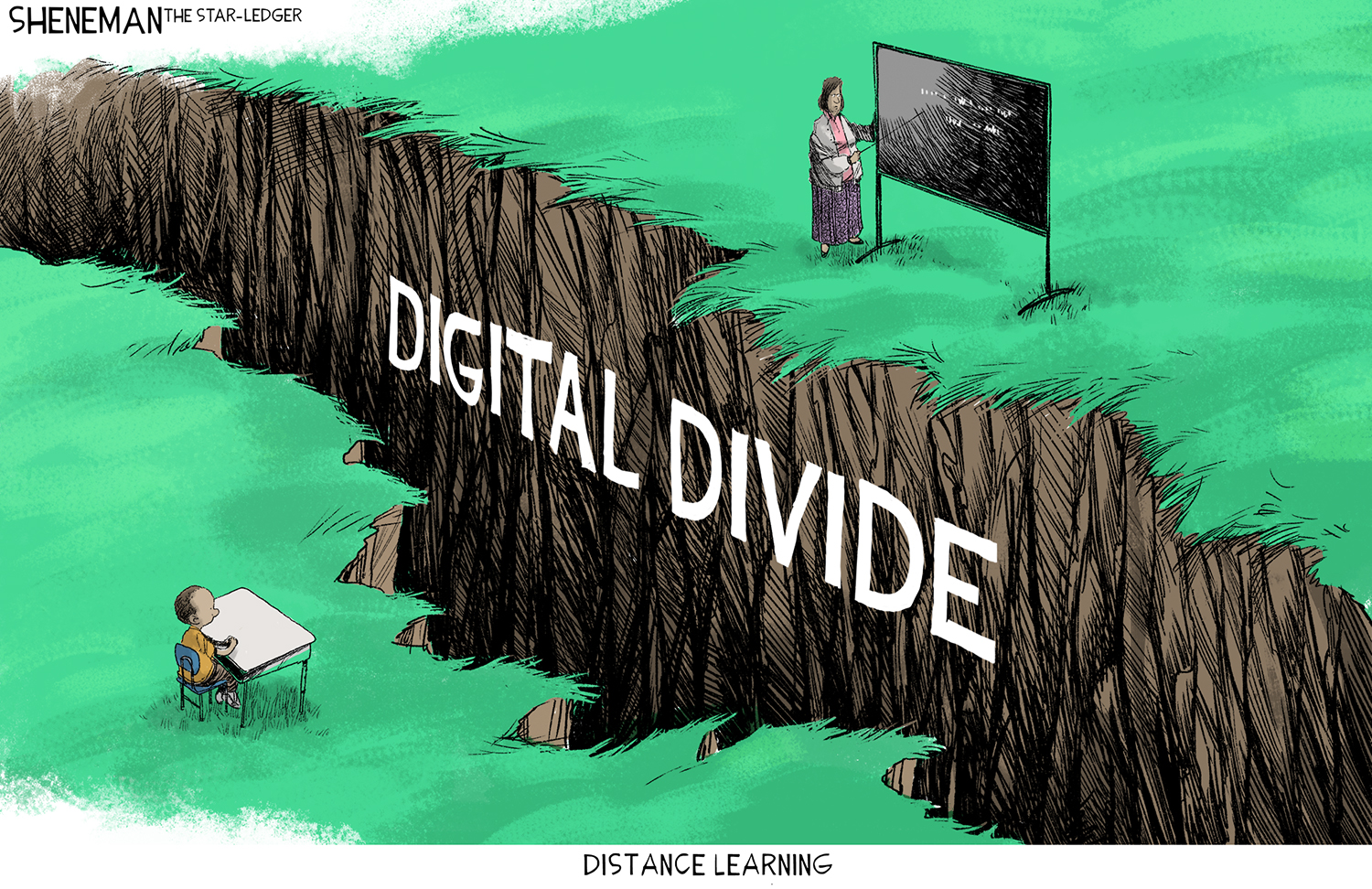
created with
Website Builder Software .